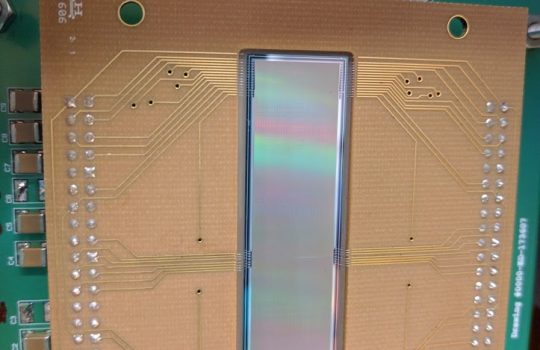50th memories: Who is that guy?
It was 1972, and the Meson Lab was just working on its first beam transport. As I sat and fiddled with the MAC-16 control computer to see what it would do, I looked up to see a gentleman walking towards me wearing a beret and wearing a top coat.








